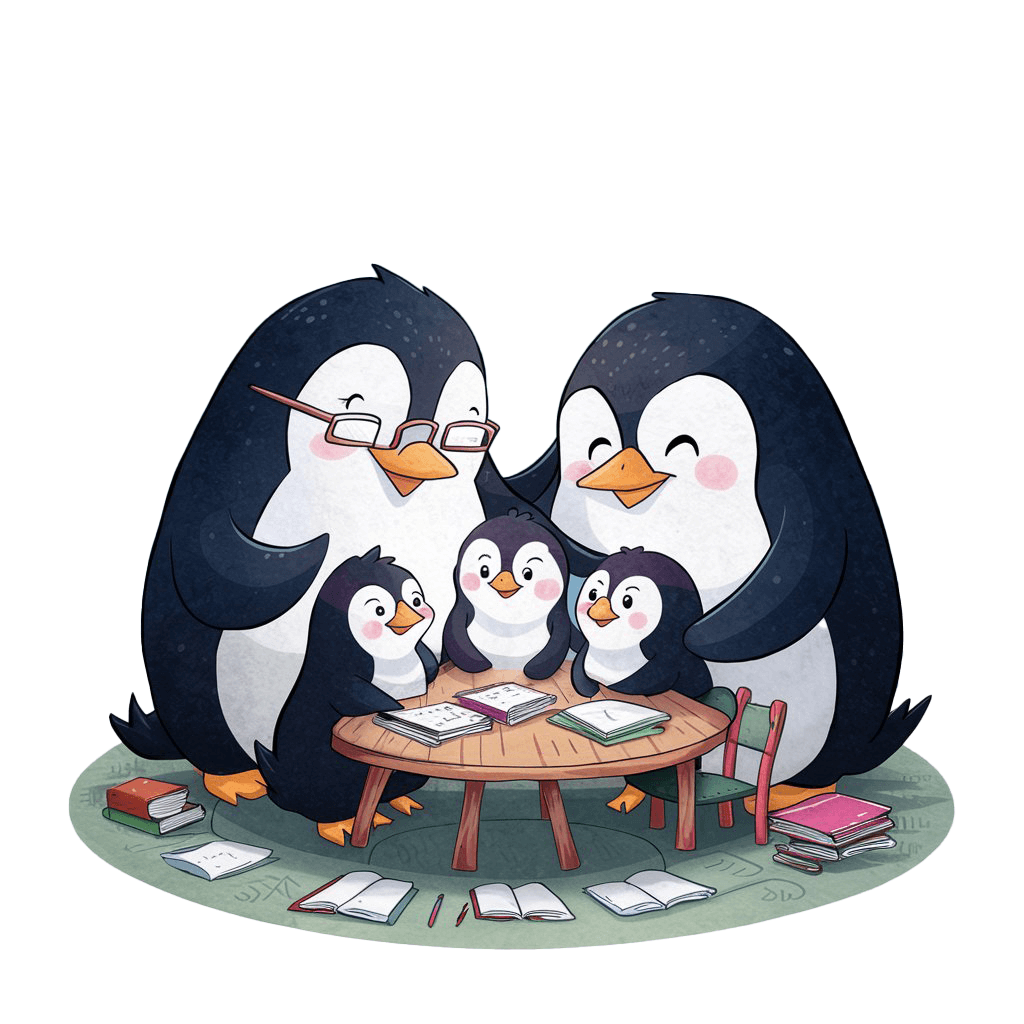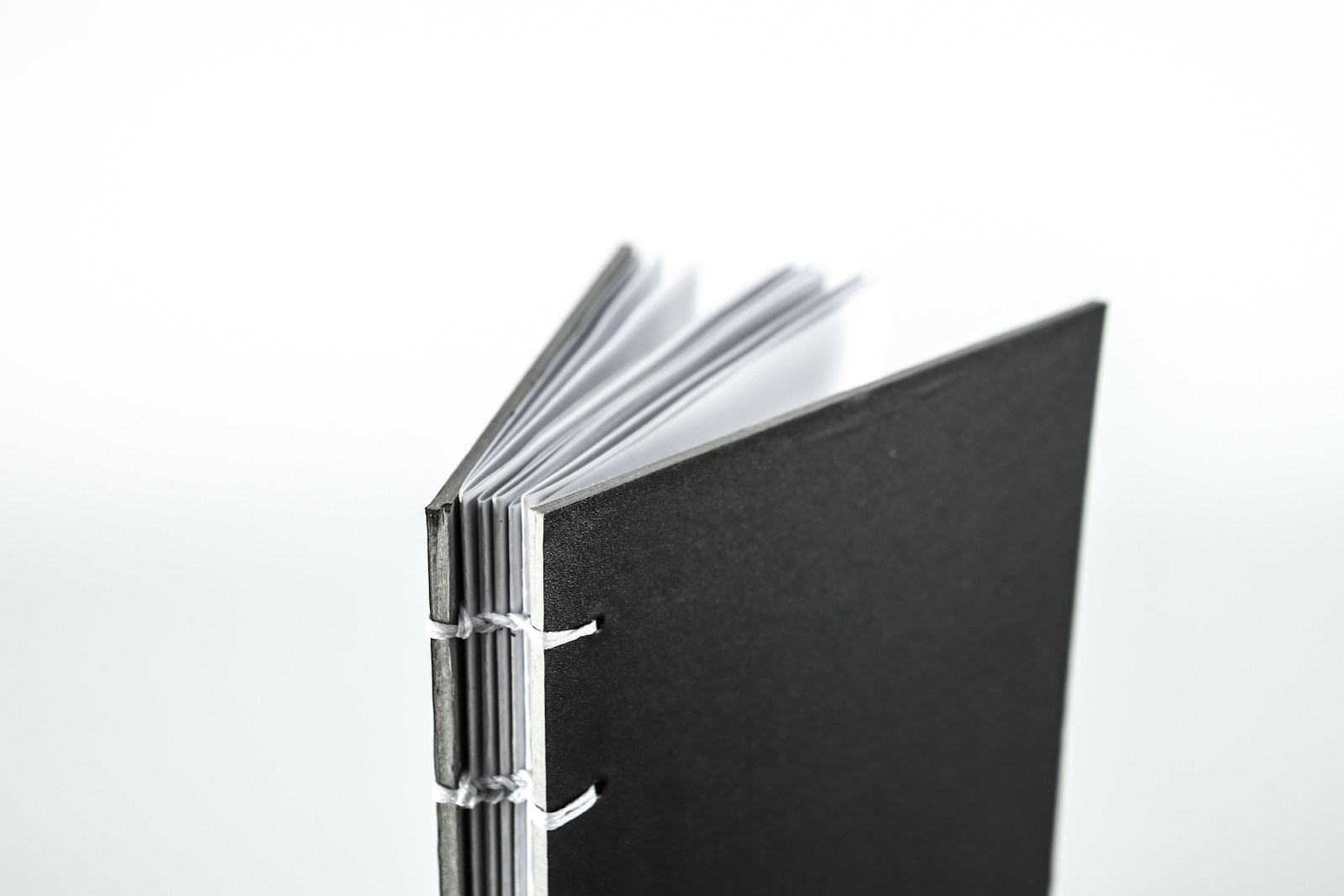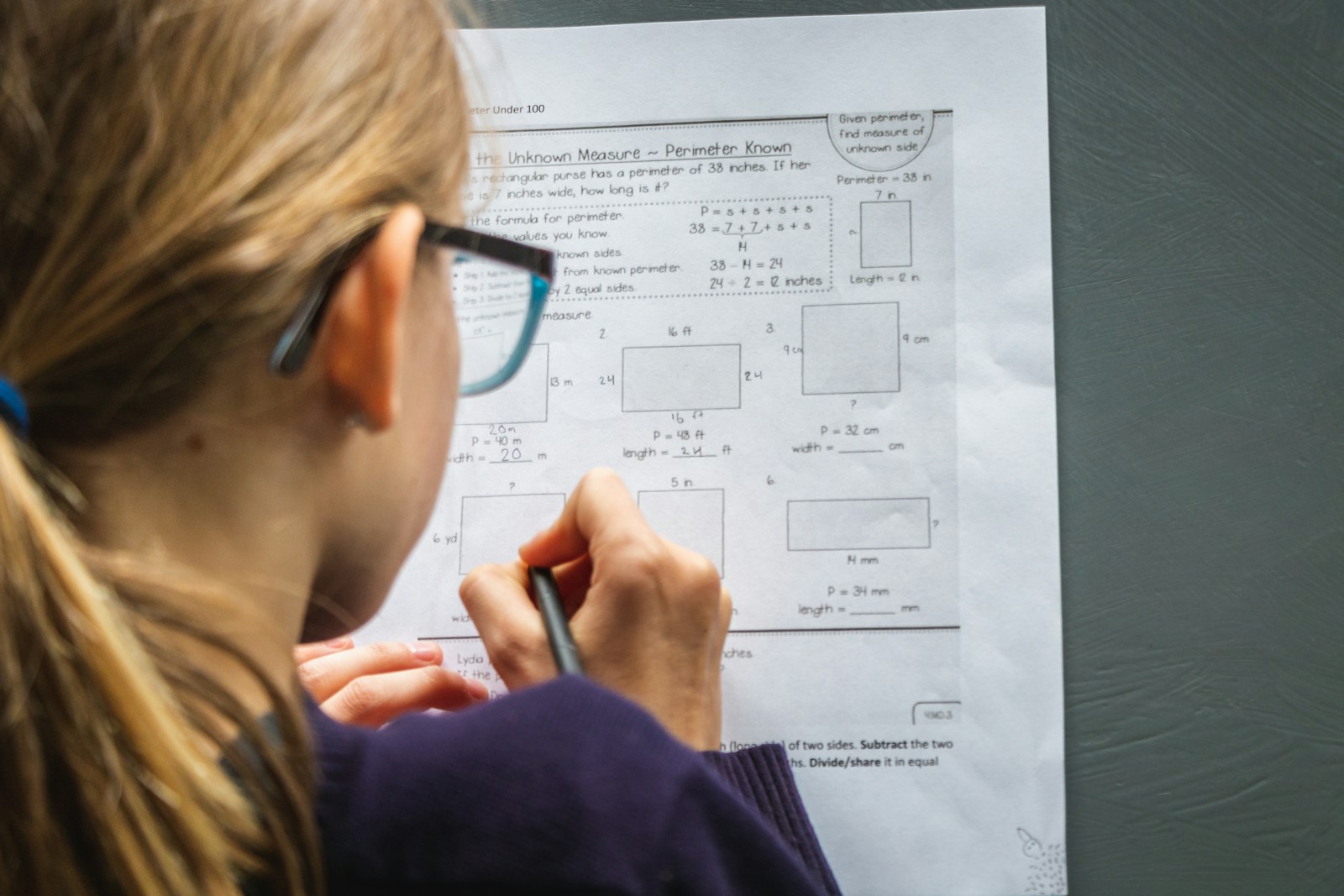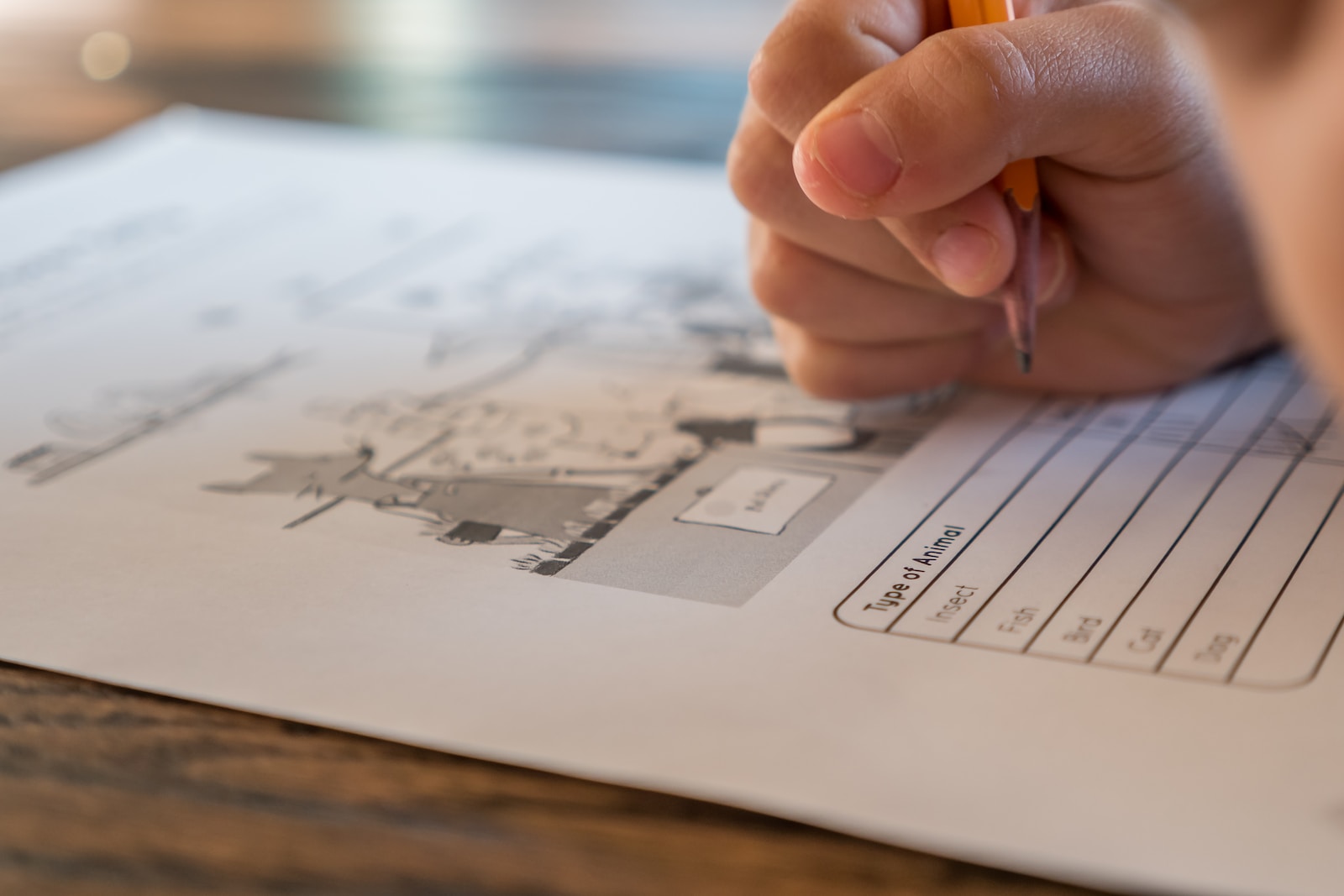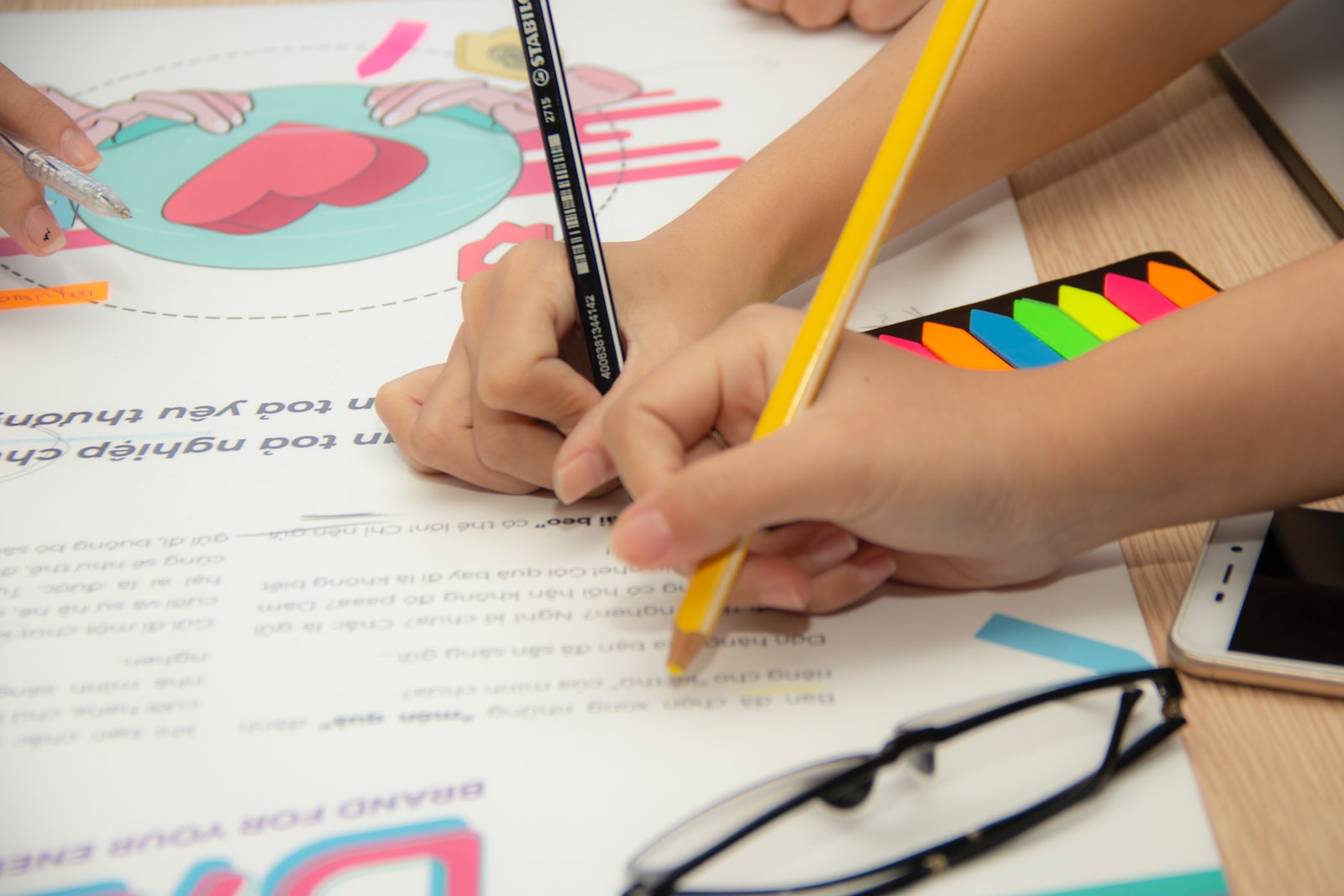
The more comfortable we are with the medium we’re using to write words down..pen, pencil, keyboard.. the easier it is to transfer the words from our heads onto paper or a screen.
Digital literacy – the ability to use a computer fluently- starts with being able to type as naturally as writing by hand. The more comfortable you are on a keyboard, the easier it is to focus on what you’re using the computer for not how you’re using the computer.
Accurate typing is a skill that will benefit students as they progress through education and into work, but it’s also a tool that can be used to make writing easier. For some children, typing comes easier than holding a pen.
Whether or not your learner types like a pro from the get-go, or prefers using paper and a pen, fluent touch typing is a skill they will only benefit from.
Improve typing skills
- Use typing apps and websites to make touch-typing a skill they choose to improve because the process of learning is fun! Typing games at The Typing Cat are great.
- Include typing in a homeschool curriculum as a skill to be mastered. Rata Type is a complete ready-to-use typing course that is great used as a home-ed typing resource.
Handwriting is still important! As with all aspects of blending the online and offline in home-ed, the best way to ensure digital literacy doesn’t hinder offline literacy is to mix and match.
- Ask home learners to write drafts on paper and type it up after.
This works well for students who are more confident at writing than typing: Their hands are able to keep up with their thoughts while getting draft ideas down in writing, and when they come to type, typing is what they are focusing on.
Writing in any form requires the brain to complete two separate, interconnected activities at once:
The act of actually putting words down on paper/a screen (taking care with spelling, grammar etc) and the process of transferring knowledge into words. That’s why in early education, letter formation is the task.
But it takes time to become a fluent writer, and if learning the medium by which you’re expected to write becomes a skill you dread, enthusiasm to spend the time learning to become fluent will wane and lessons can become a battleground. Typing gets rid of the letter formation part of the task, freeing up more brain space to complete the actual writing task and removing any pressure the learner feels to perfectly form the words.
